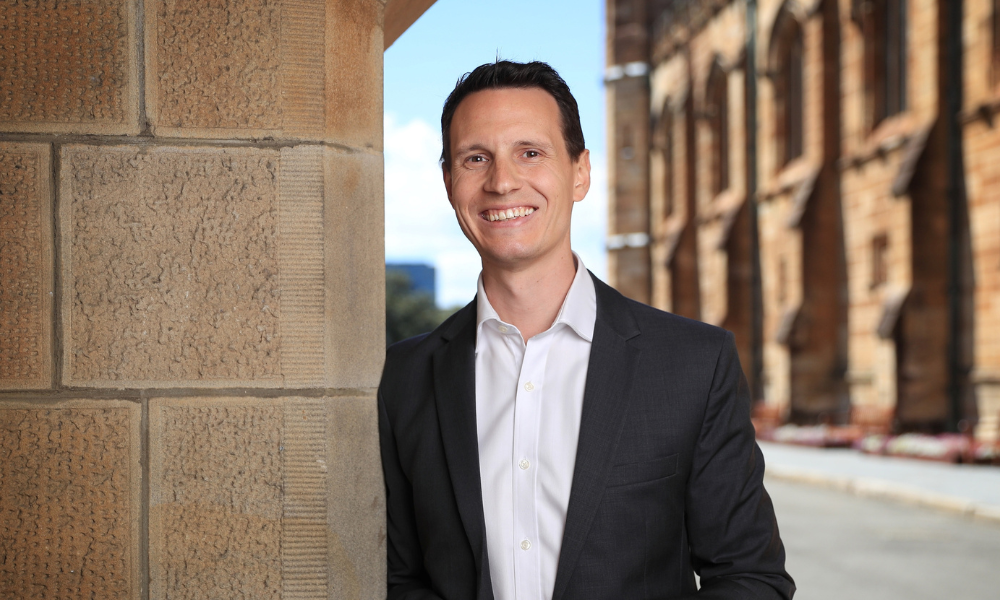Capital city rents stagnate while regional prices rise

The rental market experienced a slowdown in rent increases and improved availability in the December 2024 quarter, according to REA Group’s latest Rental Report.
While rents continued to rise, growth was notably slower than the surge seen in 2023. The report showed that the national median rent increased by 6.9% over 2024 to reach $620 per week in December. This marks a deceleration compared to the nearly 20% rise recorded in 2023, though it remains higher than pre-pandemic trends.
Major capital cities see rental growth stagnate
Sydney and Melbourne, the country’s two largest rental markets, saw no change in advertised rents during the December quarter. Weekly rents held steady at $730 in Sydney and $570 in Melbourne, remaining flat for the past six months.
Rental supply improved, with new listings on realestate.com.au increasing by 4.6% in the six months to December compared to the same period in 2023. This made the second half of 2024 the busiest for new rental listings since 2020. The total number of advertised rentals also rose 9.5% year-on-year, giving renters more options than a year earlier.
Demand for rentals moderates
The report found a slight easing in rental demand. Median days on market increased from 19 days in December 2023 to 20 days in December 2024. Additionally, the average number of enquiries per rental listing dropped 19.1% year-on-year, marking the sharpest decline since March 2020. Nationally, enquiries per listing fell to 19.5 in December, down from 24.1 a year earlier.
“Over 2024, we saw rental price growth slow and the availability of properties improve, indicating that conditions are gradually beginning to ease for renters,” said Angus Moore (pictured above), executive manager of economics at REA Group.
“While rent prices recorded annual growth of 6.9% in December 2024, outstripping that of inflation or wage growth, we did see the pace of rental price growth slow to less than half of that of 2023, marking the slowest annual increase since late 2021.
Regional rents outpace cities
Rents in regional areas increased by 10% year-on-year to reach $550 per week, outpacing the 6.7% growth in capital cities, where median rents stood at $640 per week in December.
Among capital cities, Perth (+8.3%) and Adelaide (+7.4%) recorded the highest rent increases. Adelaide’s median rent ($580 per week) surpassed Melbourne ($570), while Perth’s median rent ($650) overtook Brisbane ($630).
Despite rental supply improving in Adelaide (+22.1%) and Perth (+16%), availability remains well below historical levels.
“Slowing national rental price growth was largely driven by tempering capital city markets over the past year; meanwhile, regional rent growth outpaced capital cities and availability tightened further,” Moore said.
Rental yields hold steady as enquiries decline
The national gross rental yield remained stable at 4.4% in December, unchanged from the previous quarter and December 2023.
Capital cities saw a 26% drop in rental enquiries per listing, with Sydney (-27.4%) and Melbourne (-35.4%) leading the decline. In contrast, Hobart (+67.2%), Canberra (+16.5%), Darwin (+31.3%), and many regional areas saw a rise in enquiries compared to December 2023.
“Despite some easing of rental pressures, the market remains far tighter than pre-pandemic levels, and availability is still strained,” Moore said. “Rents are expected to keep rising in 2025, though at a more moderate pace.”
Want to be regularly updated with mortgage news and features? Get exclusive interviews, breaking news, and industry events in your inbox – subscribe to our FREE daily newsletter. You can also follow us on Facebook, X (formerly Twitter), and LinkedIn.



